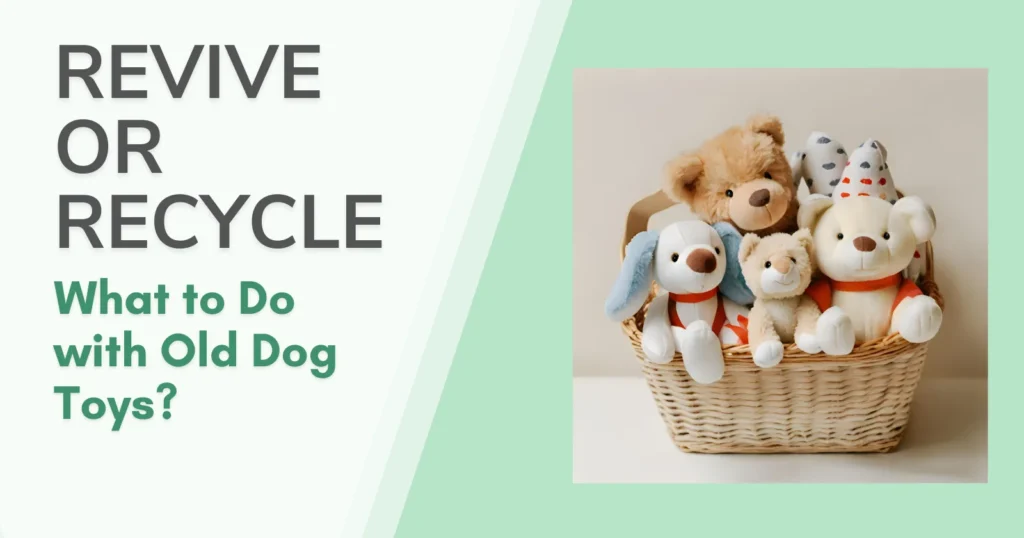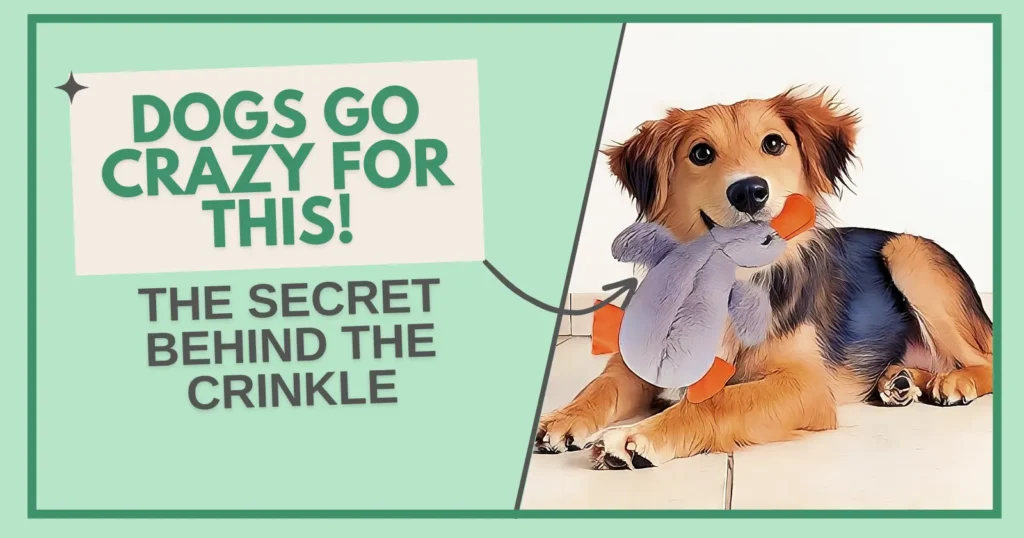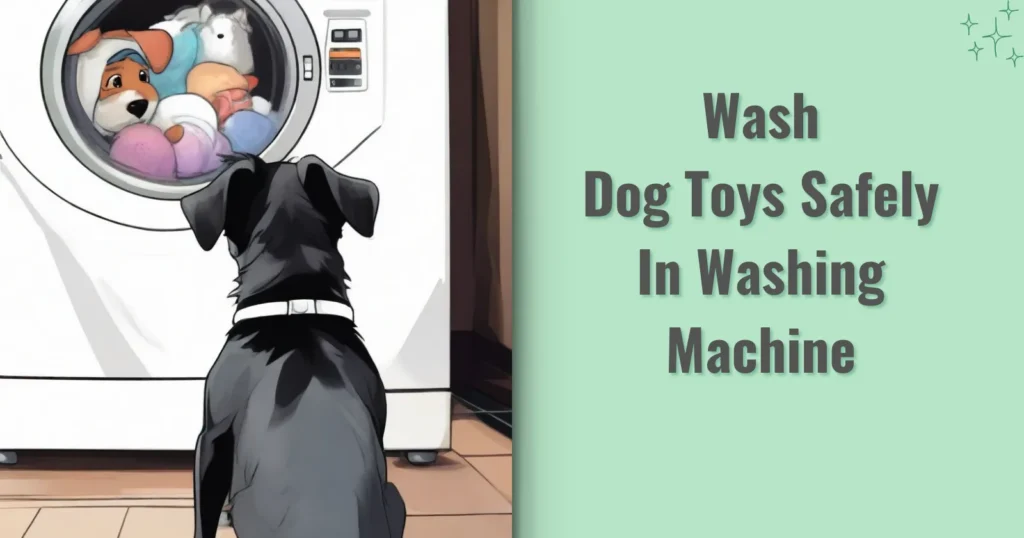One common concern among pet owners is whether certain toys are safe for their dogs to chew on or even ingest. While play is an essential part of a dog’s development and wellbeing, not all toys are safe for all dogs. In this article, we’ll explore various types of toys, including catnip toys, chew toys, and more, to understand their impact on canine health and safety.
While certain toys, such as catnip, are consumable with guidance and observation, others, including rope, plastic plush, and rubber, are without question off-limits to eat.
Can Dogs Eat Catnip Toys?


Certainly! Catnip is not only safe for dogs, but it also offers several nutritional and therapeutic benefits. Rich in vitamins C and E, magnesium, tannins, flavonoids, and essential oils, catnip can be a healthy addition to your dog’s regimen.
Here are some ways catnip can be beneficial for your dog:
- Sleep Aid: Catnip acts as a mild sedative, which may help dogs with sleeping issues relax and enjoy a more restful night.
- Calming Effects: If your dog experiences anxiety, particularly before visits to the vet or groomer, catnip can help soothe their nerves. Administering a small amount about 30 minutes prior to the event can help calm them.
- Natural Pest Repellent: Catnip is effective in repelling mosquitoes and fleas, helping to keep your dog comfortable and itch-free.
Catnip, primarily known for its effects on cats, is typically harmless to dogs. Catnip toys, however, are not designed for the rigorous chewing habits of dogs. These toys may contain smaller parts or materials that can be easily torn apart and ingested by a dog, leading to potential choking hazards or intestinal blockages.
Safety First
It’s best to keep catnip toys out of reach from dogs and provide them with toys that are specifically designed for them, considering their size and chew strength.
Can Dogs Eat Chew Toys?
Chew toys are designed to be durable and to promote dental health. However, not all chew toys are created equal.
Any dog chew toy poses a risk if it’s too small, easily broken into large chunks, made of stringy materials, or lacks safety features like large knots, as these can be swallowed, posing choking or blockage hazards. It’s crucial to supervise your dog’s play and discard toys that seem prone to being swallowed. Bully sticks are generally safe but can become choking hazards if chewed down to a small size; I always removed them when they became too short for my dog to hold securely. Meanwhile, I advise avoiding rawhide chews and pigs’ ears due to their potential choking risk and because they contain harmful chemicals such as bleach and other toxins from their production in the leather industry.
Selecting the Right Chew Toy
When selecting a chew toy, ensure it’s made from non-toxic materials and is appropriate for your dog’s size and chew intensity. Regular inspections for wear and tear are crucial; fragmented toys should be replaced immediately to prevent ingestion of small pieces.
Can Dogs Eat Fluff from Toys?
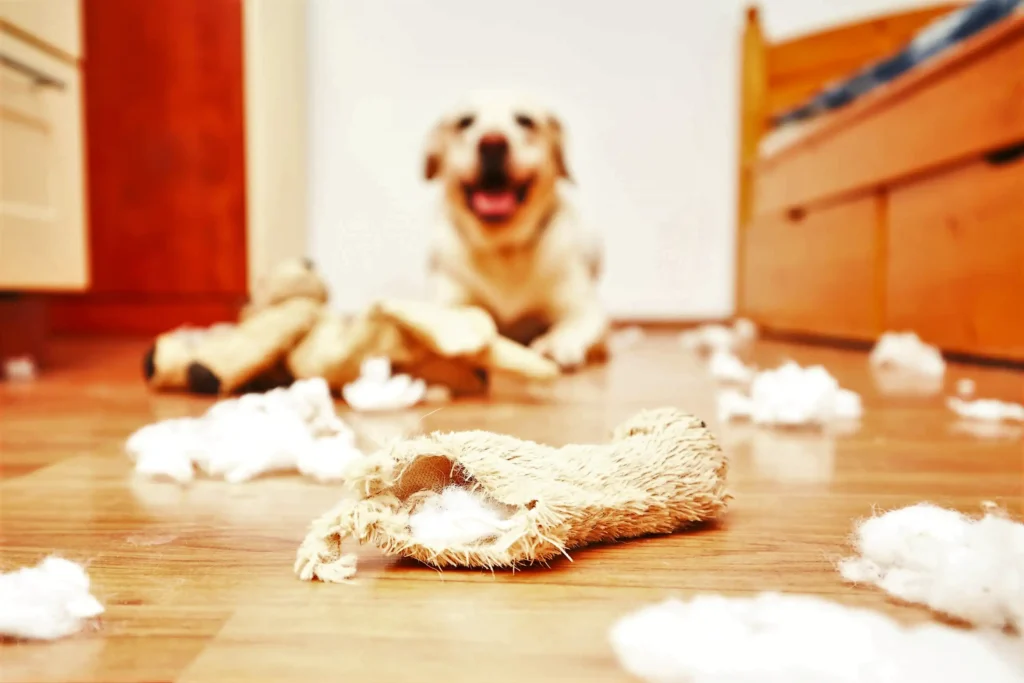

Soft plush toys are often filled with fluff made from polyester fiber fill, which can be appealing to dogs. However, ingesting this fluff can lead to digestive blockages that require veterinary intervention.
While the fluffy stuffing in plush toys might seem harmless, it poses a risk if your puppy ingests it, potentially causing an intestinal blockage, which can be life-threatening if not addressed. Plush toys are generally safe for dogs, but it’s crucial to monitor your furry friend to ensure they don’t swallow small parts like eyes or buttons.
Over time, my dog used to tear these toys open and remove all the stuffing. If your dog doesn’t eat the cotton, you can turn this into a fun activity by refilling the toy repeatedly and creating a new game each time.
Prevention Strategies
Choose plush toys without loose fluff and monitor your dog during play. Discard toys that begin to break down or show signs of excessive wear.
Can Dogs Eat Stuffing from Toys?
Whether stuffing from a teddy bear or any plush toy, the ingestion of stuffing can lead to severe health issues like blockages. While the stuffing may not be toxic itself, it can be when ingested.
Seek Immediate Veterinary Care: If your dog swallows a toy, time is crucial. Contact your vet immediately or visit an emergency clinic. Do not attempt to induce vomiting on your own. Be Observant for Symptoms: Watch for signs like vomiting, lack of appetite, lethargy, and changes in behavior.
Consider stuffing-free toys or those made from safer, more durable materials if your dog tends to rip apart toys for fun. You can also try to train your dog by introducing toys without the chew apart.
Can Dogs Eat Kong/Rubber Toys?
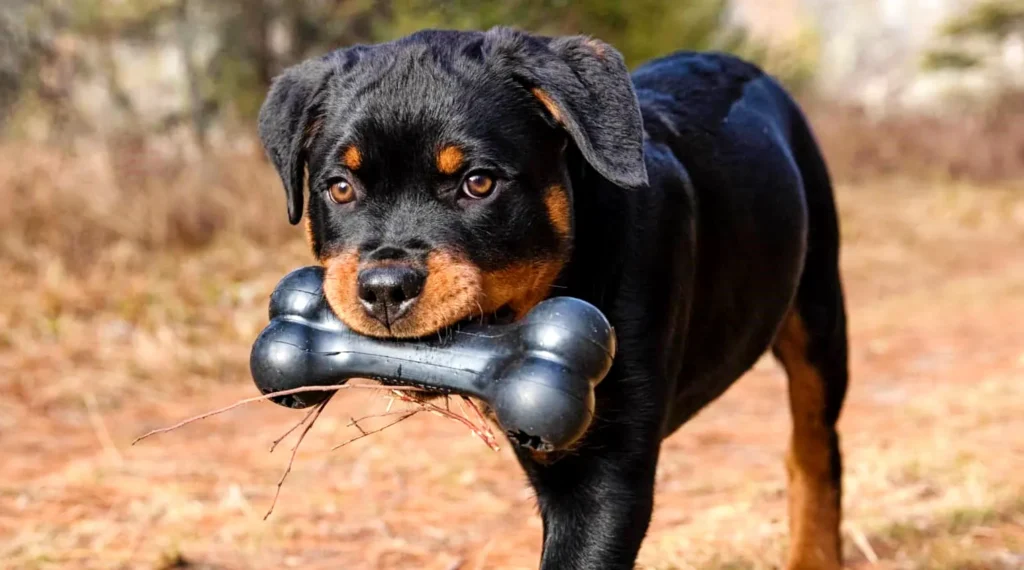

Kong toys are renowned for their durability and safety. They are specifically designed to withstand significant chewing and are often used for stimulating mental activity by hiding treats inside. However, they are absolutely inedible.
KONG toys are crafted from all-natural rubber, making them a durable and safe choice for your pet’s playtime. While KONG always recommends discontinuing use if a toy becomes damaged or broken, small pieces that may be accidentally swallowed are generally harmless and should pass through your dog’s system without issue. However, if your dog swallows a large piece of a KONG toy, it is crucial to visit your veterinarian to ensure there are no health risks, such as blockages. Regular inspection of your dog’s toys and prompt replacement of damaged items will help keep your pet safe and happy.
Toys made with synthetic rubber can be a severe health hazard and must be avoided at all costs. Always invest in high-quality rubber toys.
Ensure the size and toughness of the Kong toy match your dog’s needs. Regularly check for signs of degradation and replace them when necessary.
Can Dogs Eat Leather Toys?
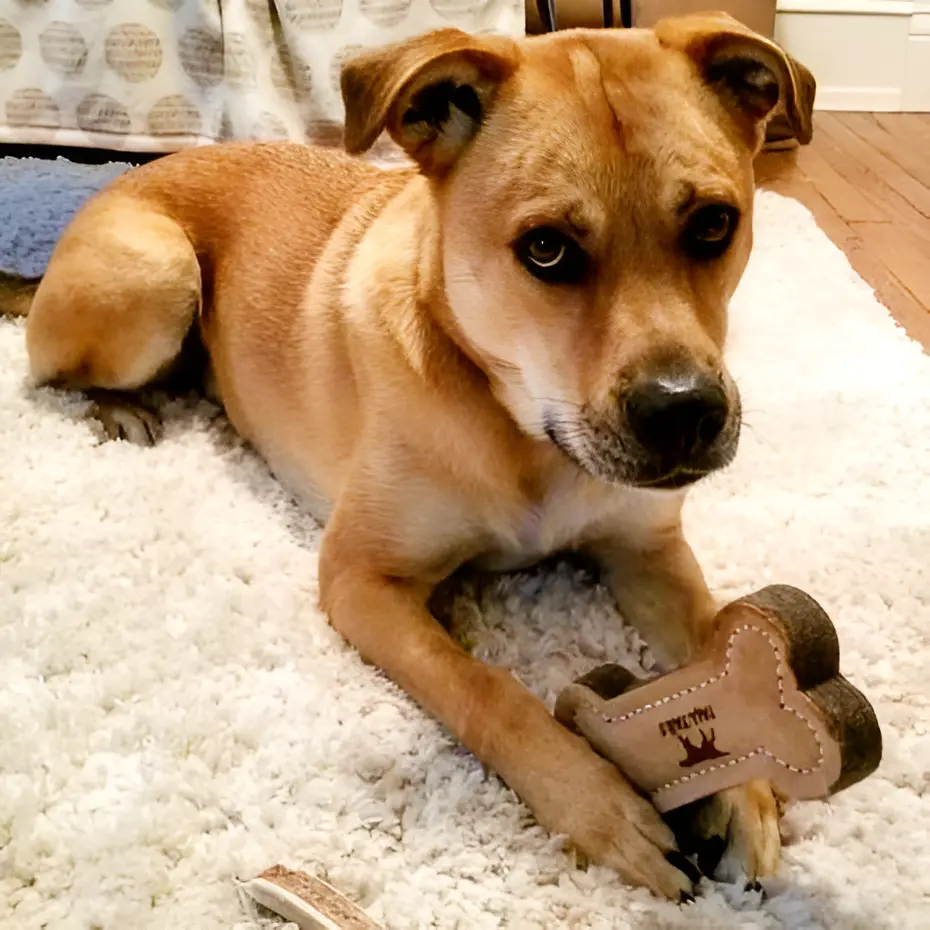

Leather toys can be appealing due to their texture and taste. However, pieces of leather can be chewed off and swallowed, leading to gastrointestinal issues in the case of large pieces. The material itself isn’t toxic.
Leather, if not properly broken down into small pieces during chewing, can pose significant risks of blockage in a dog’s gastrointestinal tract. While the weight and size of a dog might influence the likelihood of passing such materials without incident, it’s generally unsafe to leave the situation to chance. If you suspect your dog has ingested a substantial piece of leather or rawhide, it’s advisable to seek veterinary assistance promptly to induce vomiting under safe, controlled conditions. It’s important to note that leather itself isn’t toxic to dogs, so minor consumption typically isn’t harmful—though it may still be an unwelcome surprise for your belongings, especially those expensive shoes we all splurge on. Trust me; I learned it the hard way.
To minimize risks, keep leather products out of reach and monitor your dog’s chewing habits, opting for safer, digestible alternatives specifically designed for chewing.
If you choose to give your dog leather toys, always supervise their play and opt for items made from 100% natural leather with no harmful chemicals.
Can Dogs Eat Nylabone Toys?
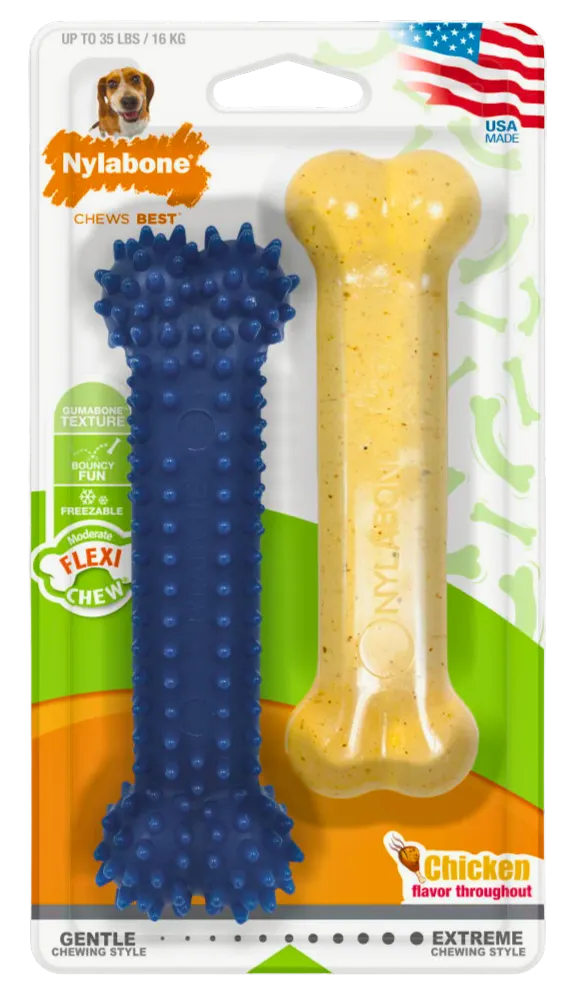

The concise response is: no, dogs should not ingest Nylabones. While Nylabones are safe for chewing, actually consuming them can be risky. Nylon chew toys can pose a serious choking risk. Furthermore, if ingested, these toys may lead to stomach upset or an allergic reaction. Even with edible chews, it’s best to exercise caution when offering them to your dog or puppy.
Nylabone toys are crafted to be durable and to support dental health. They come in edible and inedible varieties.
Always choose the correct type based on your dog’s chewing style. Replace inedible Nylabones once they show signs of damage. Ensuring our furry friend’s wellbeing is crucial and must not be neglected.
Can Dogs Eat Plastic Chew Toys?
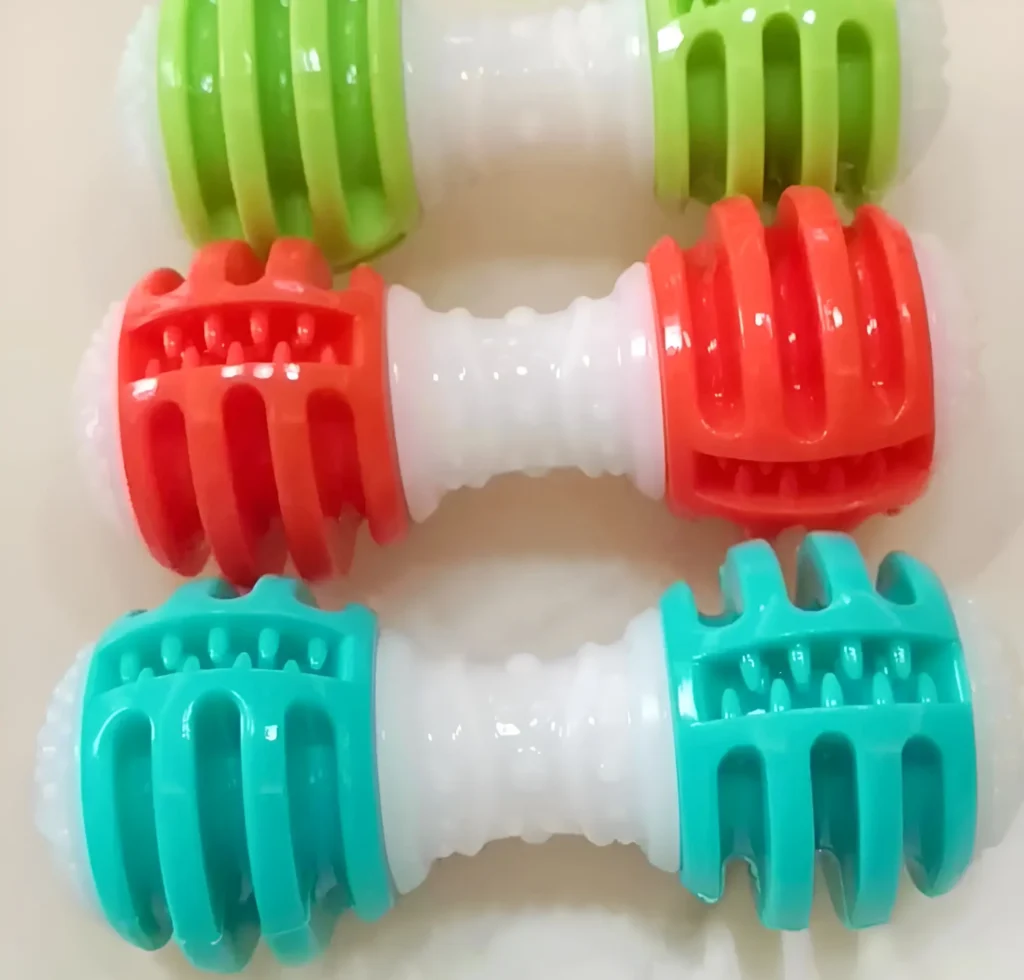

Plastic toys can break into sharp pieces that can cause oral and gastrointestinal injuries, further they release toxins that can lead to cancer in our furry friends. Plastic poses a significant hazard to dogs, as even a small amount can lead to a potentially fatal intestinal blockage. It’s crucial to act immediately if you suspect or know that your dog has ingested plastic. Promptly taking your pet to an emergency veterinary clinic is essential to address this serious health risk effectively.
Plastic is the most toxic material for your pooch to get their paws on and must be avoided at all costs.
Opt for toys made from hard all natural rubber or those labeled as “indestructible,” understanding that no toy is truly indestructible.
Can Dogs Eat Rope Toys?
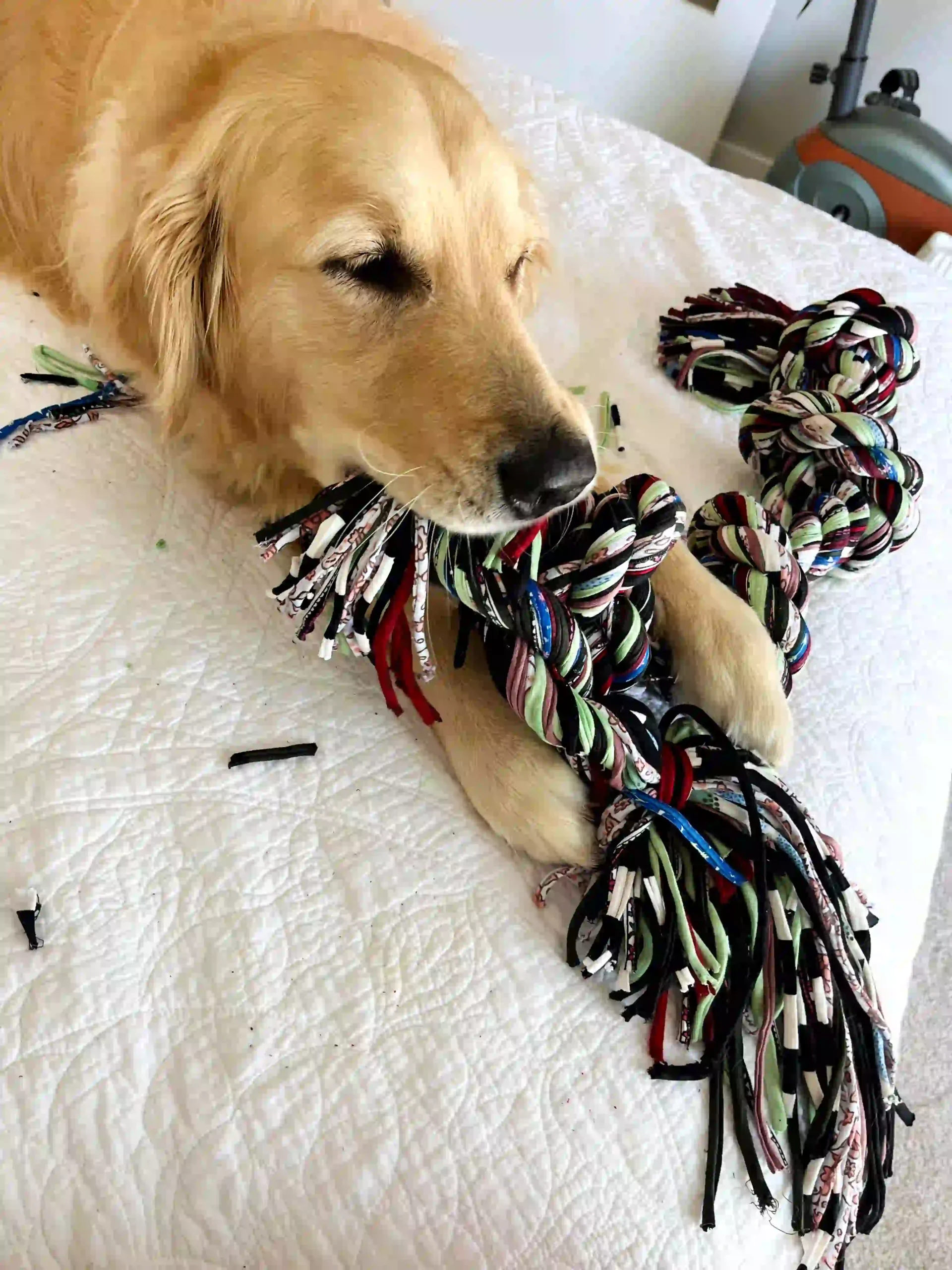

Rope toys are great for interactive play, but threads can be ingested, which might lead to intestinal blockages and obstruction that will lead to surgery or may even be fatal for your pooch.
The fibers end up forming strings in the GIT which is a health hazard. Further if the rope material is cheap and synthetic it will release toxins in your pooch’s system specially if it is chemically dyed.
Check rope toys regularly for fraying and keep playtime supervised, as these toys are designed for interactive play.
Conclusion
As devoted guardians to our beloved canine companions, it’s our responsibility to ensure their environment is as safe as possible. The hazards posed by various toys, particularly those made from materials like plastic, can be severe and even life-threatening. Understanding the risks and taking immediate action when your dog ingests something harmful can make a profound difference in their health and wellbeing. Always stay vigilant and proactive about what your dog plays with and ensure that they have access to safe, durable toys that will bring them joy without jeopardizing their health. After all, the joy and love dogs bring into our lives are irreplaceable, and keeping them safe is the least we can do to repay their unwavering loyalty and affection.
While toys are essential for a dog’s development and enjoyment, it is crucial to ensure their safety during playtime. Always choose toys that are appropriate for your dog’s size, age, and chew strength, and regularly inspect toys for any signs of damage or wear. Remember, no toy is completely indestructible, and supervision is key to preventing accidental ingestions.





